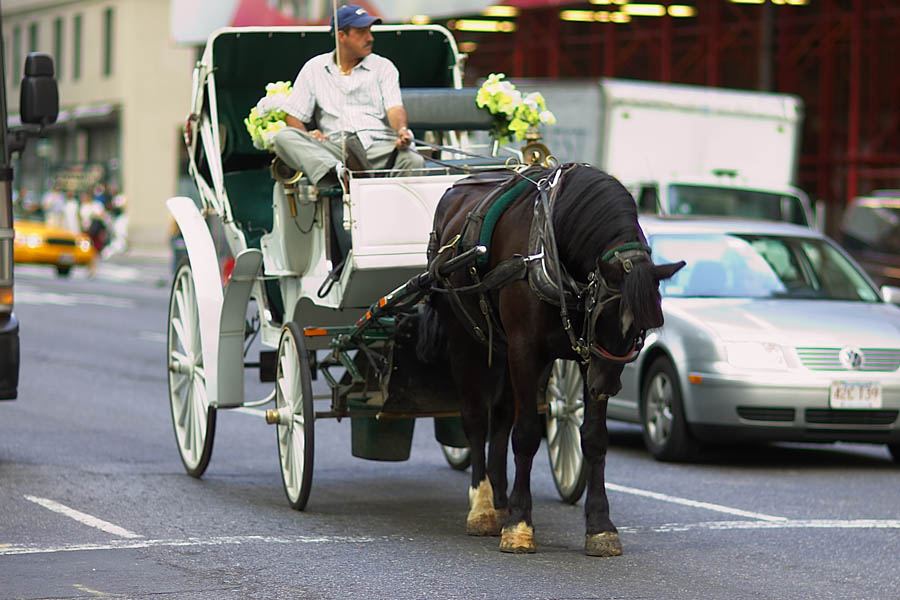Saturday, December 29, 2007
Horse Welfare continued..........

The use of nosebags is a completely unnatural way for a horse to feed, and is well known to present increased risk of respiratory problems over a period of time, as a result of inhaling food dust from the bag.
The effect of cumulative welfare 'insults'
The problems listed above - including respiratory disease, heat stroke, dehydration and lameness - tend to result from cumulative welfare 'insults'. To deny their existence or the effect that pollution and stress have in accelerating them is to ignore authoritative published research on the subject. Holly Cheever D.V.M. is one such expert, having studied pathologists' investigations into working horses. She stated in a submission to Oxford City council, which was considering, but later abandoned, plans to introduce horse-drawn vehicles: 'I must politely disagree with any veterinarian who claims that there is no increase in respiratory diseases in horses worked for long periods in congested urban environments, compared to their rural environments.'
It is interesting to note that the average working life of a police horse in New York City is 15 years. This compares with less than four years for a carriage horse.
The risk of accidents
The deadly consequences of horses becoming 'spooked'
''Spooking' can happen to even the best-trained and well-mannered horse... there is no such thing as an unspookable horse, nor can the average driver control it once it bolts.' Holly Cheever D.V.M. Case in point "Smoothie" accidental death September 2007 when spooked by drum playing.
Horses and city traffic can be a deadly mix. Contrary to operators' claims, most horses are not at all comfortable working among cars and lorries. Animals becoming 'spooked' in traffic have frequently caused accidents - both minor and fatal. Spooking is a term to describe a horse panicking and temporarily being out of the control of the vehicle's driver. A car horn or something as minor as a pedestrian walking in front of the horse could trigger this. In the majority of cases, the cause of an incident can never be explained.
There are numerous documented cases of both animal and human injuries, sometimes fatal, after carriage horses have become 'spooked'. A US survey of national carriage horse accidents revealed that:
85% of all accidents were the result of an animal spooking
70% of the time there was a human injury
22% of the time there was a human death
In New York City, which has the highest carriage horse accident rate in the country, 98 percent of the horses who 'spooked' became injured.
Injuries and fatalities resulting from collisions between cars and carriage horses have occurred in almost every city that allows carriage horse rides.
Excerpt taken from Animal Aid http://www.animalaid.org.uk/h/n/CAMPAIGNS/other/ALL/444/
